Novamatic WA 712E Bruksanvisning
Novamatic
tvättmaskin
WA 712E
Läs gratis den bruksanvisning för Novamatic WA 712E (52 sidor) i kategorin tvättmaskin. Guiden har ansetts hjälpsam av 23 personer och har ett genomsnittsbetyg på 3.8 stjärnor baserat på 12 recensioner. Har du en fråga om Novamatic WA 712E eller vill du ställa frågor till andra användare av produkten? Ställ en fråga
Sida 1/52

www. .ch
WA 712 E
User manual
Benutzerinformation
Washing Machine
Waschmaschine
0848 559 111 www.fust.ch
Produktspecifikationer
| Varumärke: | Novamatic |
| Kategori: | tvättmaskin |
| Modell: | WA 712E |
Behöver du hjälp?
Om du behöver hjälp med Novamatic WA 712E ställ en fråga nedan och andra användare kommer att svara dig
tvättmaskin Novamatic Manualer

1 April 2025

4 Mars 2025

14 September 2024

13 September 2024

13 September 2024

13 September 2024

12 September 2024

12 September 2024

12 September 2024

12 September 2024
tvättmaskin Manualer
- Hisense
- Ocean
- Pelgrim
- Laurus
- Blomberg
- AEG Electrolux
- Scholtes
- KIN
- Essentiel B
- Mesko
- Linetech
- Thomas
- Consul
- Quigg
- Aldi
Nyaste tvättmaskin Manualer
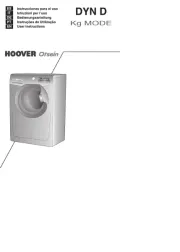
23 Oktober 2025
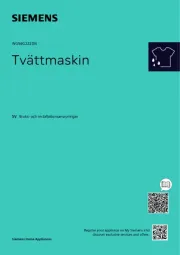
23 Oktober 2025

21 Oktober 2025
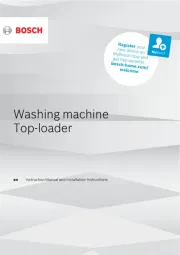
21 Oktober 2025
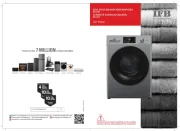
20 Oktober 2025
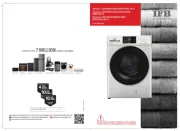
20 Oktober 2025
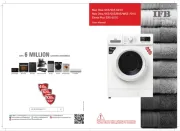
20 Oktober 2025
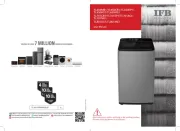
20 Oktober 2025
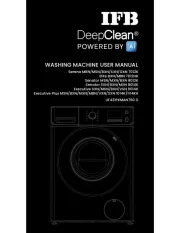
20 Oktober 2025
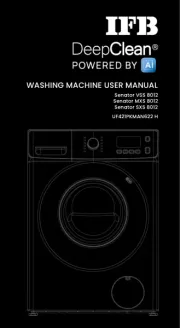
20 Oktober 2025